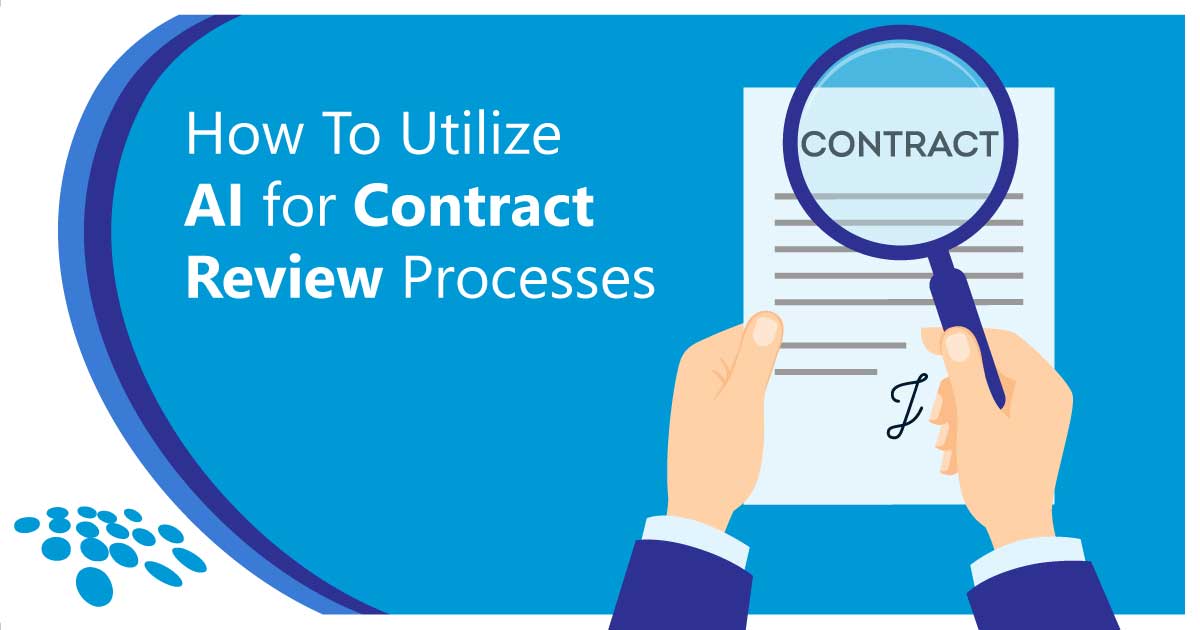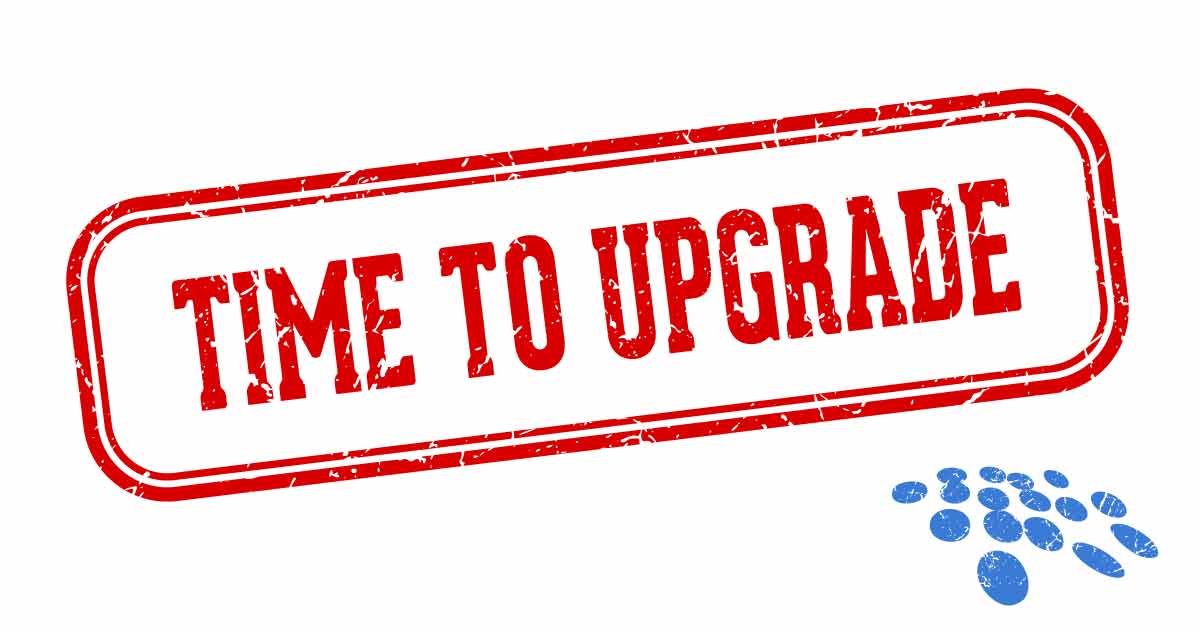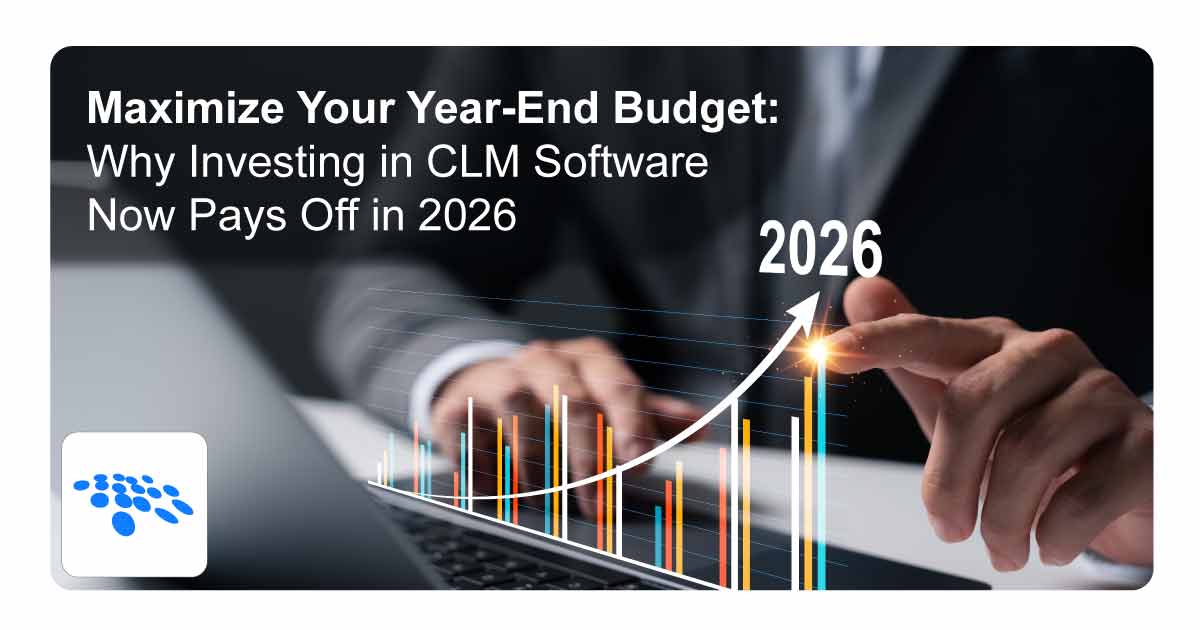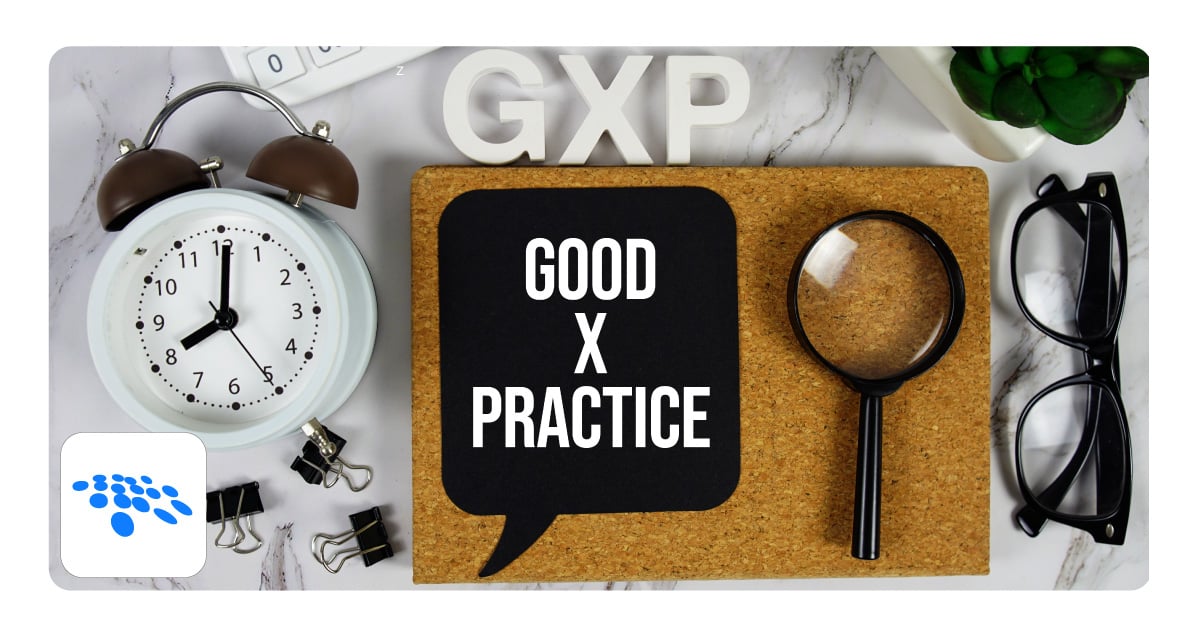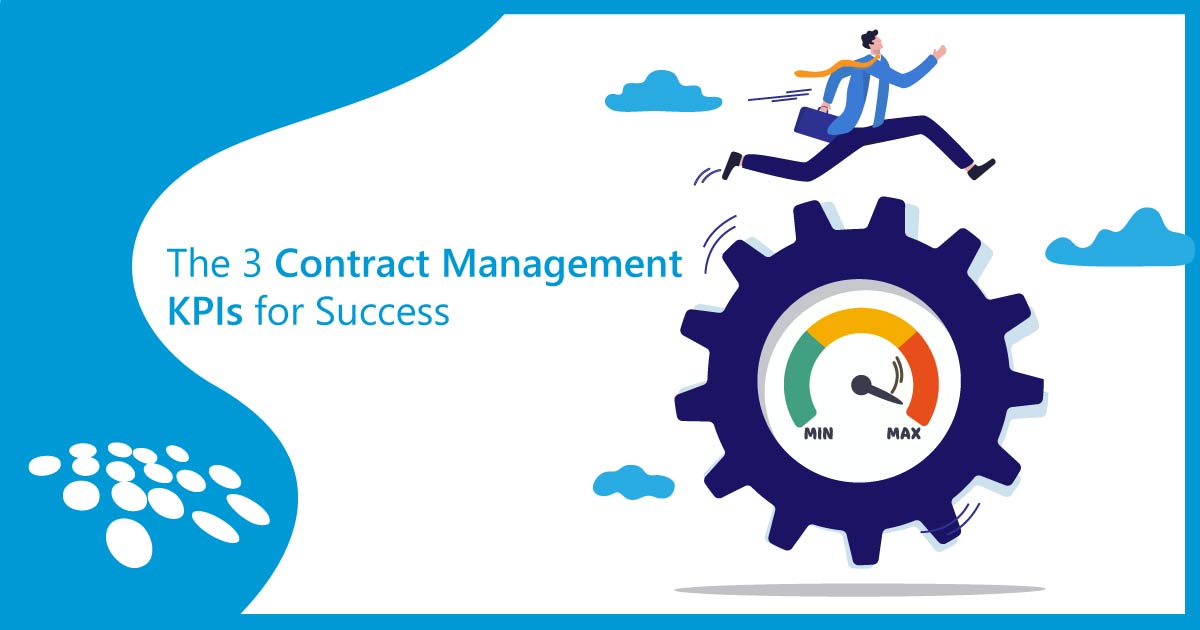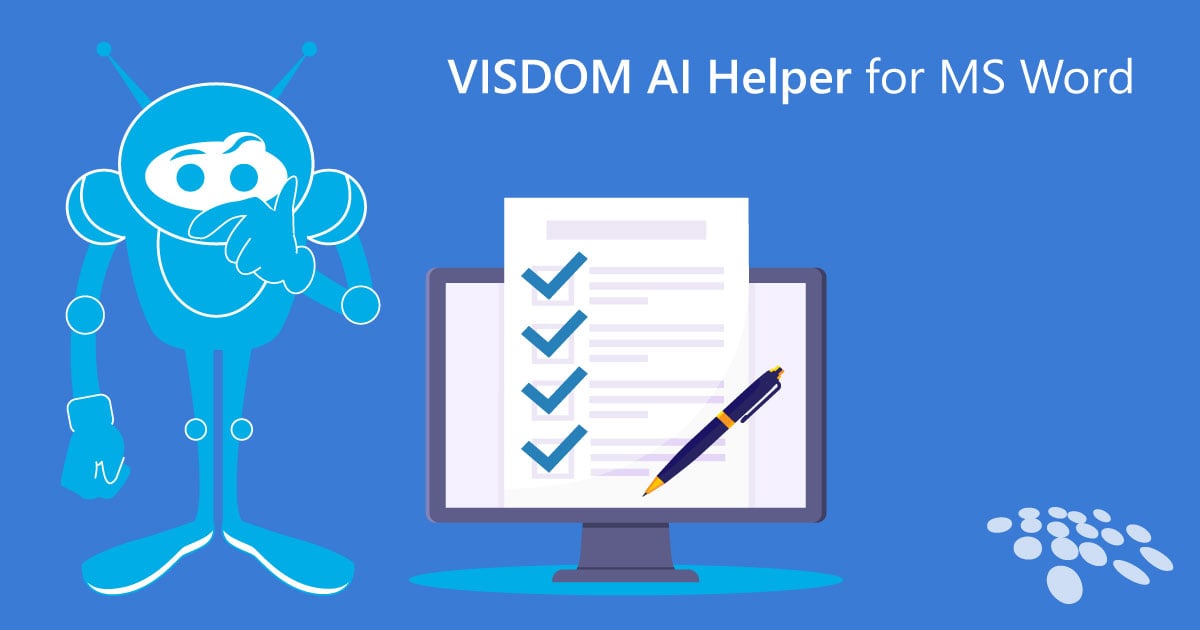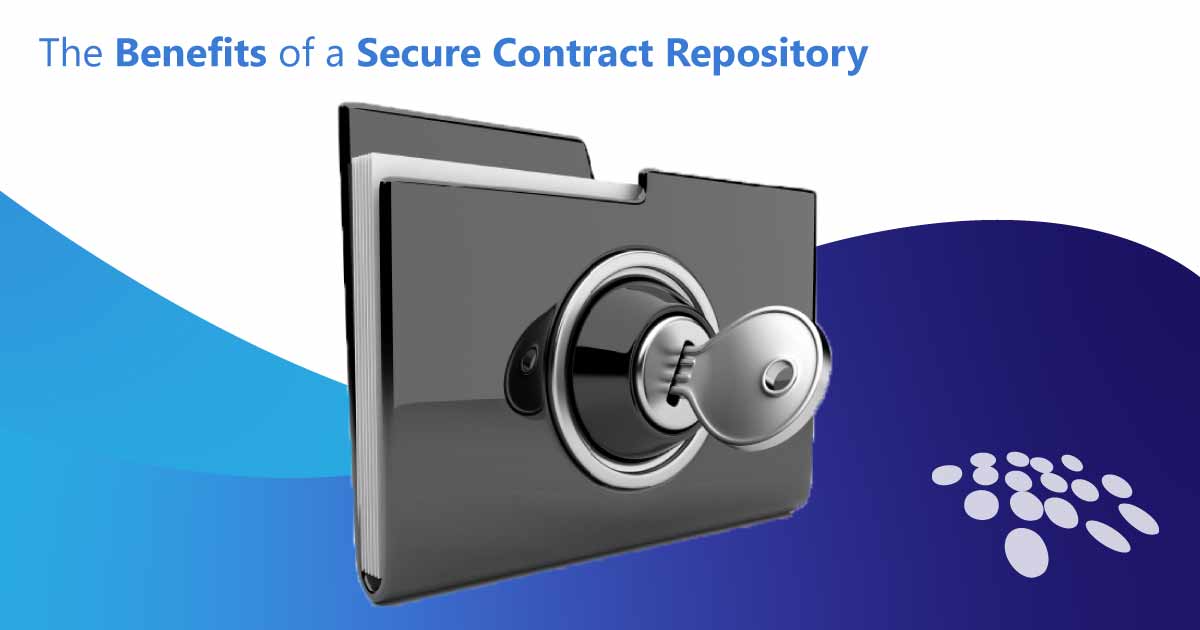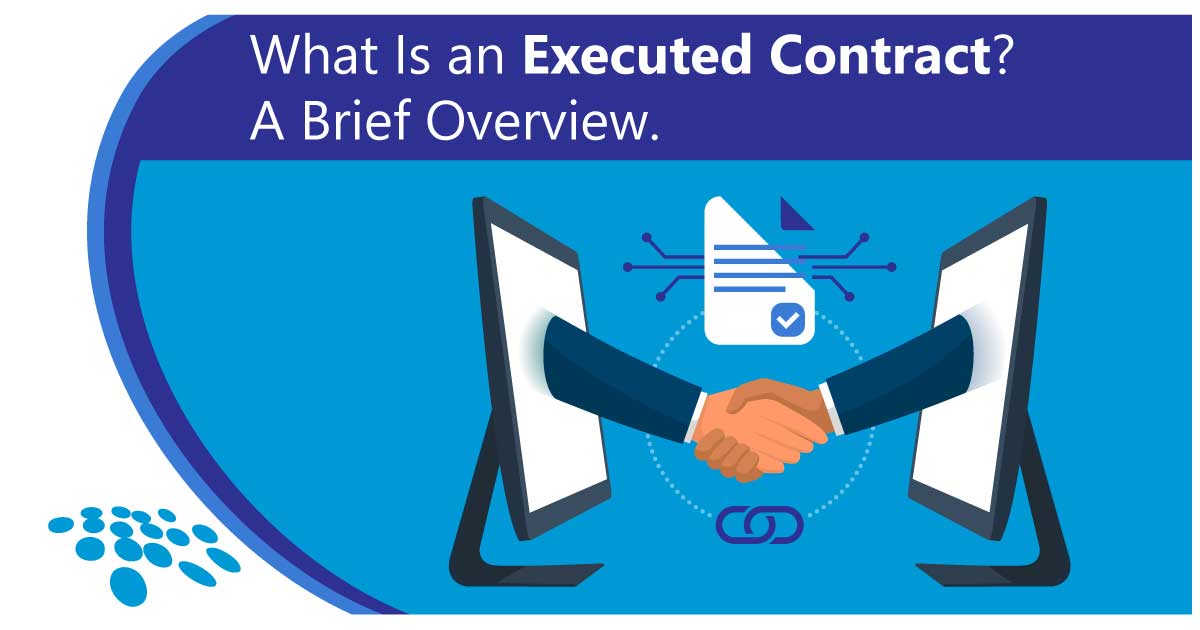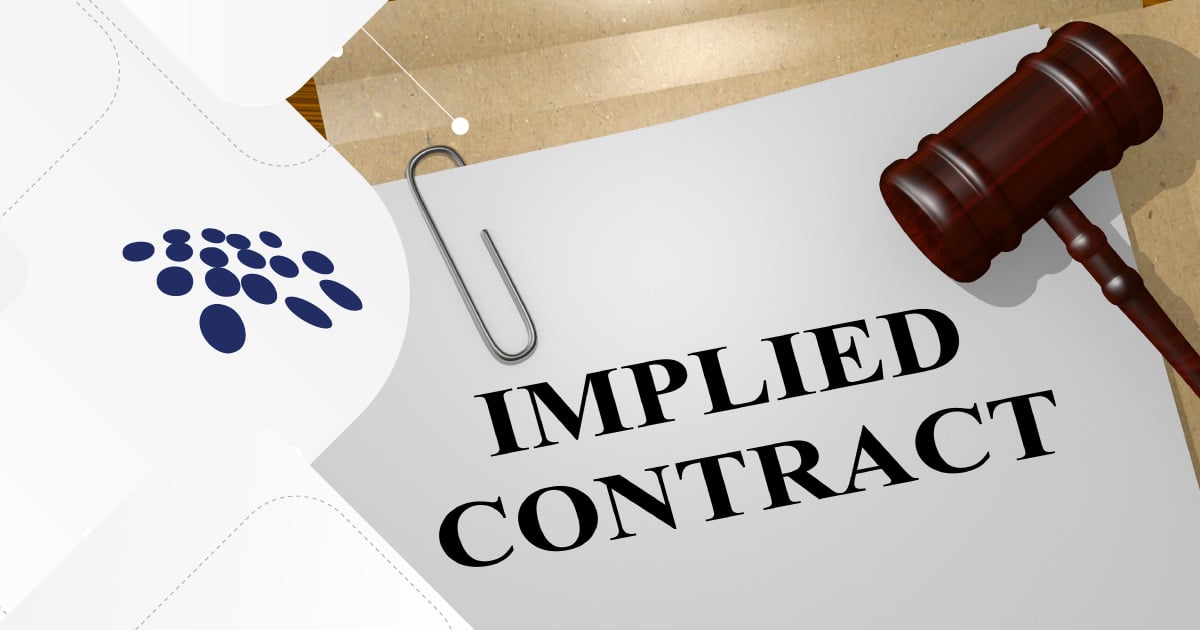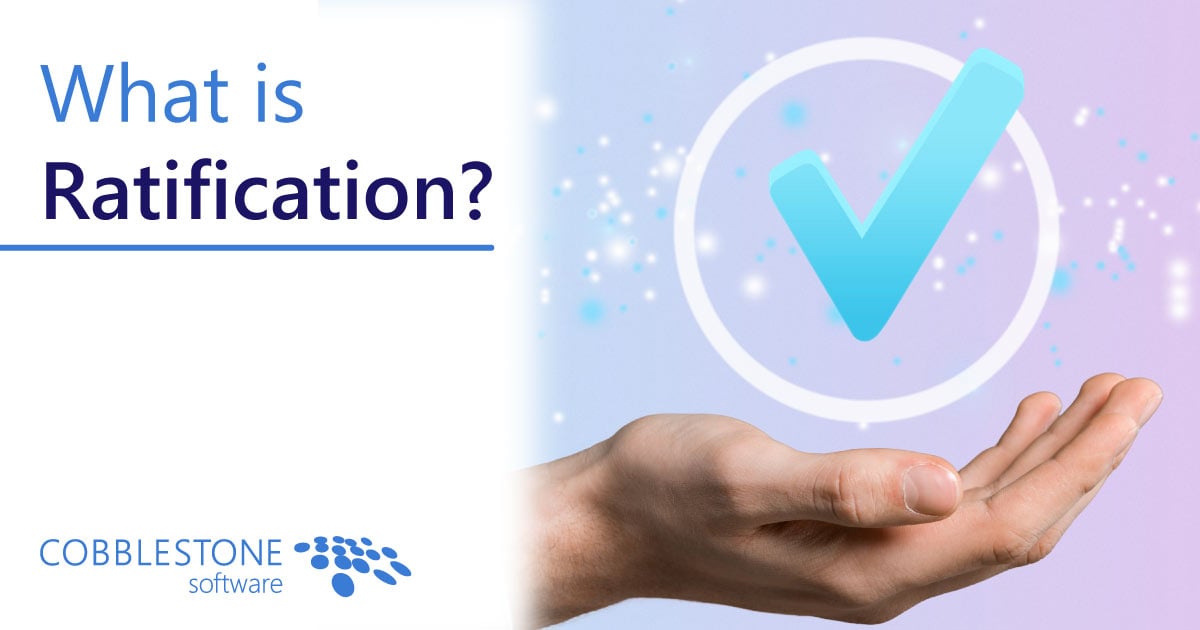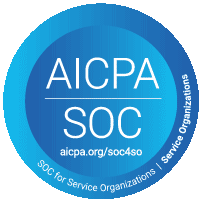
Procurement and supply chain professionals deal with an extensive and increasingly complex network of suppliers. These individuals can struggle with the inefficiencies of manual processes when managing contracts and tracking supplier performance. The lack of process centralization makes it difficult to keep tabs on each supplier's risk profile, delivery timelines, and quality standards. With fragmented documents and tedious spreadsheets, supplier base data can be prone to errors - delaying decision-making and risking compliance issues.
Streamlining and automating these processes allows businesses to gain visibility, maintain high-quality standards, and foster supplier relationships for a healthier supplier management strategy. This ultimately supports smoother and more strategic supplier lifecycle management workflows. So, let’s fine-tune your supplier management strategy for centralization and success!
#1 – Leverage Supplier Self-Registration
Manual supplier management processes require procurement teams and others to spend significant time and resources on data entry of supplier information – increasing the risk of human error and delays while wasting the time and resources of those who could be focused on more strategic tasks. These inefficiencies make it difficult to keep supplier information up to date as well - leading to inaccuracies that affect compliance, reporting, decision-making, and relationships with suppliers.
Additionally, managing supplier qualifications and certifications can become cumbersome, resulting in the usage of outdated or non-compliant suppliers - which can expose organizations to legal and operational risks. Ultimately, the lack of an automated system reduces the agility needed to quickly adapt to new supplier demands and market conditions, putting organizations at a disadvantage.
Fortunately, leading supplier management software automates these processes by enabling suppliers to register directly with your organization. You can configure supplier registration forms for suppliers to fill out important information themselves, including:
- contacts.
- locations.
- certifications.
- product/service codes.
You can configure virtually unlimited user-defined fields and determine what information is required upon registration by suppliers. You can also create a new account on behalf of the supplier, depending on what you prefer for supplier information management.
For maintenance and keeping information up-to-date, suppliers can log in to a self-service portal that enables registered suppliers to manage their company profiles after the initial registration is complete. There, they can update the company and contact details, submit company documents such as COIs, and more.
By allowing suppliers to input and update their own information according to your needs, you reduce the administrative burden on your teams – freeing them up to focus on strategic tasks!
#2 – Simplify Supplier Analysis
Supplier selection directly affects quality, cost, and timeliness of products and delivery. Without a clear way to analyze effectiveness, underperforming suppliers might go unchecked – leading to costly delays, compliance challenges, and more. The absence of clear metrics also reduces accountability, hides potential cost savings, and makes supplier assessments time-consuming and prone to error.
Overall, lackluster supplier management makes it virtually impossible to foster strong, collaborative supplier relationships that are essential for continuous movement.
Thankfully, a modernized supplier management process can help by allowing you to simplify supplier analysis.
Configurable supplier rating types and categories provide you with a powerful and robust way of rating a supplier on meeting standards set by your organization. Ratings and scorecards deliver a visual comparison and representation between the current supplier and their competition, as well as the target set, and allow the ability to see which supplier is the best match at a quick glance, eliminating guesswork and saving your organization from time-consuming comparisons.
Don’t rely on intuition alone when it comes to selecting suitable strategic suppliers; leverage supplier ratings and scorecards to make an organized and informed decision.
#3 – Standardize Supplier Documents & Communications
Without uniform communication with suppliers, interactions can become chaotic and inconsistent - potentially leading to misunderstandings, delays, and wasted time. Different members of your team may use unpreferred language, omit critical supplier contract details, and/or miss key steps - creating confusion for suppliers and negatively impacting their ability to meet expectations. Inconsistent communication can also erode supplier trust and make it difficult to track commitments.
Ultimately, this lack of standardization can cause inefficiencies, damage relationships, and lead to costly errors that could have been avoided with a more centralized approach to supplier management.
Thankfully, leading supplier management software allows you to create a centralized repository of virtually unlimited standard document templates in Microsoft Word, PDF, Microsoft Excel, or HTML editor format. These templates can be utilized by your contract administrators, legal teams, and other relevant users to generate and publish consistent, quality-controlled contracts, agreements, and more, with maximum efficiency and preferred information.
You can also configure templates for documents that are not specifically for supplier contracts. For example, you can configure document templates for non-compliance letters for external parties such as suppliers, vendors, contract owners, and others. These preferred format letters can be easily sent to the appropriate channels via automated emails within a unified supplier management solution!
With a winning supplier management strategy that involves documentation and communication templates, your team can make sure contracts, compliance documentation, and other interactions retain preferred communication for better outcomes and relationships.
With a healthy mix of supplier initiative, supplier analysis, and supplier contract management, your holistic supplier management strategy can become better virtually overnight. These are just a few of the ways you can strengthen your supplier relationship management and procurement process. To learn more about more effective supplier management, strategic sourcing, and how to better assess supplier performance, book a free demo of CobbleStone® today!
*Legal Disclaimer: This article is not legal advice. The content of this article is for general informational and educational purposes only. The information on this website may not present the most up-to-date legal information. Readers should contact their attorneys for legal advice regarding any particular legal matter.







